

Articles
How To Store Homemade Limoncello
Modified: February 3, 2024
Learn the best ways to store your homemade limoncello with these helpful articles. Discover tips and techniques to preserve the freshness and flavor of your delicious homemade drink.
(Many of the links in this article redirect to a specific reviewed product. Your purchase of these products through affiliate links helps to generate commission for Storables.com, at no extra cost. Learn more)
Introduction
Welcome to the delicious world of homemade limoncello! If you’ve ever tasted this iconic Italian lemon liqueur and wondered if you could make it yourself, you’re in the right place. In this article, we will guide you through the process of making your very own limoncello from scratch, ensuring that it not only tastes incredible but also stays fresh and flavorful for a long time.
Limoncello is a refreshing and zesty liqueur that originated in Southern Italy, particularly in the Amalfi Coast and Sorrento regions. It is commonly enjoyed as a digestif, served chilled in small glasses after a meal. The vibrant yellow color, intense lemon flavor, and sweet, yet tangy taste make it a popular choice among cocktail enthusiasts.
While you can easily find commercially produced limoncello in stores, there’s something special about crafting your own batch at home. Not only do you have full control over the ingredients, but the satisfaction of sipping on a glass of your own creation is truly rewarding.
In order to store your homemade limoncello properly and maintain its quality, there are some key steps you need to follow. From choosing the right lemons to filtering and bottling the liqueur, we will cover everything you need to know to ensure your limoncello stays fresh, flavorful, and ready to be enjoyed whenever you desire.
So, gather your lemons, polish your glass bottles, and let’s dive into the world of storing homemade limoncello!
Key Takeaways:
- Create your own vibrant limoncello at home by infusing fresh lemon zest with high-proof alcohol and simple syrup. Store it properly to maintain its zesty flavor and enjoy the fruits of your labor with friends and family.
- Crafting homemade limoncello is a rewarding journey that involves patience, attention to detail, and a love for vibrant flavors. From choosing the right lemons to storing the liqueur, each step contributes to a delightful and satisfying outcome.
Read more: How To Store Limoncello
Ingredients Needed
To make your own homemade limoncello, you will need the following ingredients:
- Fresh Lemons: Choose organic lemons if possible, as they will provide a cleaner and more natural flavor to your limoncello.
- High-Proof Alcohol: Opt for a high-proof alcohol, such as grain alcohol or vodka, with at least 80% ABV (alcohol by volume). The alcohol acts as the base for extracting the lemon oils and flavors.
- Simple Syrup: You will need sugar and water to prepare a simple syrup, which adds sweetness to balance the tartness of the lemon. The ratio of sugar to water can vary depending on your taste preferences.
It’s important to note that the quality of the ingredients will greatly impact the final taste of your limoncello. Choose fresh lemons with vibrant yellow skins and a strong, citrusy scent. Likewise, select a high-quality alcohol that is smooth and neutral in flavor.
The quantity of each ingredient will depend on the desired batch size of your limoncello. As a general guideline, a standard batch recipe calls for the zest of 10-12 lemons, around 750 ml (3 cups) of high-proof alcohol, and 2 cups of simple syrup. However, feel free to adjust these quantities based on your taste preferences.
Now that you have gathered all the necessary ingredients, let’s move on to the equipment required for making your homemade limoncello.
Equipment Required
To successfully make and store your homemade limoncello, you will need the following equipment:
- Microplane or Zester: This tool is essential for zesting the lemons and extracting the flavorful peel without the bitter pith. A microplane or zester will help you achieve fine and consistent zest.
- Glass Jars or Bottles: Choose glass containers with tight-fitting lids to store and age your limoncello. Mason jars or glass bottles with airtight seals are ideal for preserving the flavor and preventing any leakage.
- Funnel: A funnel will come in handy when transferring your limoncello from one container to another. It helps prevent spills and makes the bottling process easier.
- Strainer or Cheesecloth: You’ll need a strainer or cheesecloth to filter out any impurities, lemon zest, or sediment from the limoncello. This will result in a smooth and clear liqueur.
- Measuring Cups and Spoons: Accurate measurements are key to achieving the right balance of flavors in your limoncello. Have a set of measuring cups and spoons on hand for the simple syrup preparation.
- Labels: While not essential, labeling your homemade limoncello bottles adds a personal touch and makes it easy to distinguish between different batches or flavors.
These basic pieces of equipment will ensure that you have everything you need to create, store, and enjoy your homemade limoncello. Now that you have everything ready, let’s dive into the step-by-step process of making and storing your limoncello.
Step 1: Choosing and Preparing Lemons
The first step in making homemade limoncello is selecting the right lemons and preparing them for zest extraction. Here’s how:
- Choose Fresh Lemons: Look for organic lemons that are smooth-skinned and bright yellow in color. These will have a higher concentration of essential oils and will give your limoncello a more intense flavor.
- Wash the Lemons: Thoroughly wash the lemons with water to remove any dirt or residue. This is especially important if you’re using non-organic lemons.
- Zest the Lemons: Using a microplane or zester, carefully remove the zest from the lemons. Be sure to avoid grating the bitter white pith underneath the yellow skin. The zest contains the essential oils that will infuse the limoncello with its citrusy aroma and flavor.
- Avoid the Pith: It’s important to avoid including any pith in the zest, as it can make the limoncello taste bitter. If you accidentally zest too deeply and include some pith, gently scrape it off with a knife or vegetable peeler.
Keep in mind that the number of lemons needed will depend on the desired batch size and personal taste preferences. As a general guideline, you will need the zest of around 10-12 lemons to make a standard batch of limoncello.
Once you have zest extracted from the lemons, it’s time to move on to the next step: making the limoncello base.
Step 2: Making the Limoncello Base
With the lemon zest ready, it’s time to start creating the base for your homemade limoncello. This step involves infusing the lemon zest with high-proof alcohol to extract its vibrant flavors. Here’s how to do it:
- Combine Lemon Zest and Alcohol: Place the lemon zest in a clean glass jar and pour the high-proof alcohol over it. Make sure the zest is fully submerged in the alcohol to extract its oils and flavors effectively.
- Seal and Store: Seal the jar tightly with a lid and store it in a cool, dark place such as a cabinet or pantry. The limoncello base will need to steep for at least a week, allowing the lemon oils to infuse into the alcohol. Some people prefer steeping for longer periods, even up to a month, for a more intense flavor.
- Give it a Shake: Once a day, gently shake or swirl the jar to agitate the lemon zest and alcohol mixture. This helps in the extraction process and ensures an even distribution of flavors.
During the steeping process, you’ll notice the alcohol gradually turn yellow as it absorbs the essence of the lemon zest. This is a sign that the flavors are infusing and the limoncello base is developing.
Remember, patience is key during this step. The longer you let the lemon zest steep in the alcohol, the more intense and flavorful your limoncello will be. While a week is the minimum recommended steeping time, feel free to extend it to suit your taste preferences.
Once the steeping is complete, it’s time to move on to the next step: adding the simple syrup to sweeten and balance the limoncello.
Store homemade limoncello in a cool, dark place, away from direct sunlight and heat. A pantry or a dark cabinet works well. Keep the bottle tightly sealed to maintain the flavor and quality.
Read more: How To Store Limoncello – Once Opened
Step 3: Adding Simple Syrup
After allowing the lemon zest to steep in the alcohol and extract its flavors, it’s time to add the simple syrup to your homemade limoncello. The simple syrup will sweeten the liqueur and balance the tartness of the lemons. Here’s how to do it:
- Prepare Simple Syrup: In a saucepan, combine equal parts sugar and water. For example, you can use 2 cups of sugar and 2 cups of water. Heat the mixture over medium heat, stirring constantly until the sugar completely dissolves.
- Cool the Syrup: Once the sugar has dissolved, remove the saucepan from the heat and let the simple syrup cool completely. It’s important to cool the syrup before adding it to the limoncello base to maintain the freshness of the flavors.
- Add the Simple Syrup: Pour the cooled simple syrup into the jar containing the infused lemon zest and alcohol. Stir gently to combine, ensuring that the syrup is fully incorporated into the mixture.
- Seal and Rest: Once the simple syrup has been added, seal the jar tightly with the lid and allow the limoncello to rest for at least another week. This resting period allows the flavors to meld together and the sweetness to distribute evenly throughout the liqueur.
Similar to the steeping process, some people prefer to let their limoncello rest for a longer period, up to a month, to further develop the flavors. Remember to give the jar a gentle shake or swirl every few days to ensure the ingredients are well combined.
With the addition of simple syrup, your limoncello is now sweetened and balanced, ready to be filtered and bottled. Let’s move on to the next step to complete the process.
Step 4: Filtering and Bottling the Limoncello
Now that your homemade limoncello has steeped and rested, it’s time to filter out any impurities and transfer it into bottles for storage and serving. Follow these steps to filter and bottle your limoncello:
- Prepare a Strainer or Cheesecloth: Place a fine-mesh strainer or a piece of cheesecloth over a bowl or another jar to filter out any lemon zest or sediment. This will ensure a smooth and clear limoncello.
- Strain the Limoncello: Pour the limoncello mixture through the strainer or cheesecloth, allowing the liquid to pass through while catching any solids. Use a spoon or spatula to press down on the zest to extract as much liquid as possible.
- Repeat if Necessary: If you find that there are still solid particles or zest in the filtered limoncello, repeat the straining process using a fresh strainer or cheesecloth.
- Transfer to Bottles: Using a funnel, carefully pour the filtered limoncello into clean glass bottles. Ensure that the bottles have airtight lids to prevent any oxidation or leakage.
- Label the Bottles: If desired, label the bottles with the date of preparation and any other relevant information. This helps to track the aging process and distinguish between different batches.
By filtering and bottling your limoncello, you are preserving its quality and preparing it for long-term storage. It’s important to store the bottled limoncello correctly to maintain its flavor and freshness, which brings us to the next and final step: storing the homemade limoncello.
Step 5: Storing the Homemade Limoncello
Proper storage is crucial to ensure that your homemade limoncello stays fresh, flavorful, and ready to be enjoyed whenever you desire. Follow these steps to store your limoncello:
- Choose a Cool, Dark Place: Find a cool and dark area to store your limoncello, such as a basement or a pantry. Exposure to heat, light, and air can degrade the flavors and quality of the liqueur.
- Keep Away from Direct Sunlight: Sunlight can cause the limoncello to become too hot and can alter its flavor. Therefore, store the bottles in a spot where they are shielded from direct sunlight.
- Avoid Extreme Temperature Changes: Fluctuations in temperature can impact the taste and consistency of your limoncello. Ensure that the storage area maintains a stable temperature, avoiding extreme hot or cold conditions.
- Store Upright: Keep the bottles of limoncello stored upright to prevent any leakage or evaporation through the cork or lid. This also helps the sediments settle at the bottom of the bottle.
- Aging (Optional): Some people prefer to age their limoncello for a certain period to enhance its flavors. You can store the bottles for a few weeks or even months, allowing the flavors to continue melding together. However, keep in mind that aging can change the taste profile, so it’s best to do some taste testing along the way to ensure you achieve the desired flavor.
By storing your limoncello properly, you can ensure its longevity and maintain the vibrant flavors of the homemade liqueur. Remember that over time, limoncello may develop a slight sediment at the bottom of the bottle, which is normal. Just give the bottle a gentle swirl before serving to mix it back in.
Now that you have stored your homemade limoncello with care, it’s time to indulge in this delightful liqueur. Whether you choose to enjoy it straight, mix it into cocktails, or use it for culinary purposes, your homemade limoncello will surely impress your taste buds and those of your lucky guests.
So sit back, savor the tangy sweetness, and raise a glass to your successful homemade limoncello adventure!
Conclusion
Congratulations! You have successfully learned how to make homemade limoncello and store it to maintain its freshness and flavor. The process may seem intricate, but the end result is a deliciously vibrant liqueur that can be enjoyed on its own or as a delightful addition to cocktails and desserts.
By carefully choosing and preparing your lemons, infusing the zest with high-proof alcohol, adding the perfect amount of simple syrup, filtering out any impurities, and storing the limoncello in the right conditions, you have created a true culinary masterpiece.
Remember to exercise patience during each step of the process, allowing the flavors to develop and meld together over time. The longer you steep and rest your limoncello, the more intense and well-balanced it will become.
Now that your bottles are filled, labeled, and stored away, it’s time to share the fruits of your labor with friends and family. Treat them to a taste of Italy with your homemade limoncello, impressing them with the vibrant lemon flavors and smooth finish.
So raise your glass, toast to your accomplishments, and savor every sip of this luscious lemon liqueur. Your homemade limoncello is a testament to your culinary expertise and the joy of creating something truly special from scratch.
Cheers to the art of homemade limoncello, and may your future batches continue to delight your palate and those of everyone fortunate enough to experience its zestful charm.
Frequently Asked Questions about How To Store Homemade Limoncello
Was this page helpful?
At Storables.com, we guarantee accurate and reliable information. Our content, validated by Expert Board Contributors, is crafted following stringent Editorial Policies. We're committed to providing you with well-researched, expert-backed insights for all your informational needs.

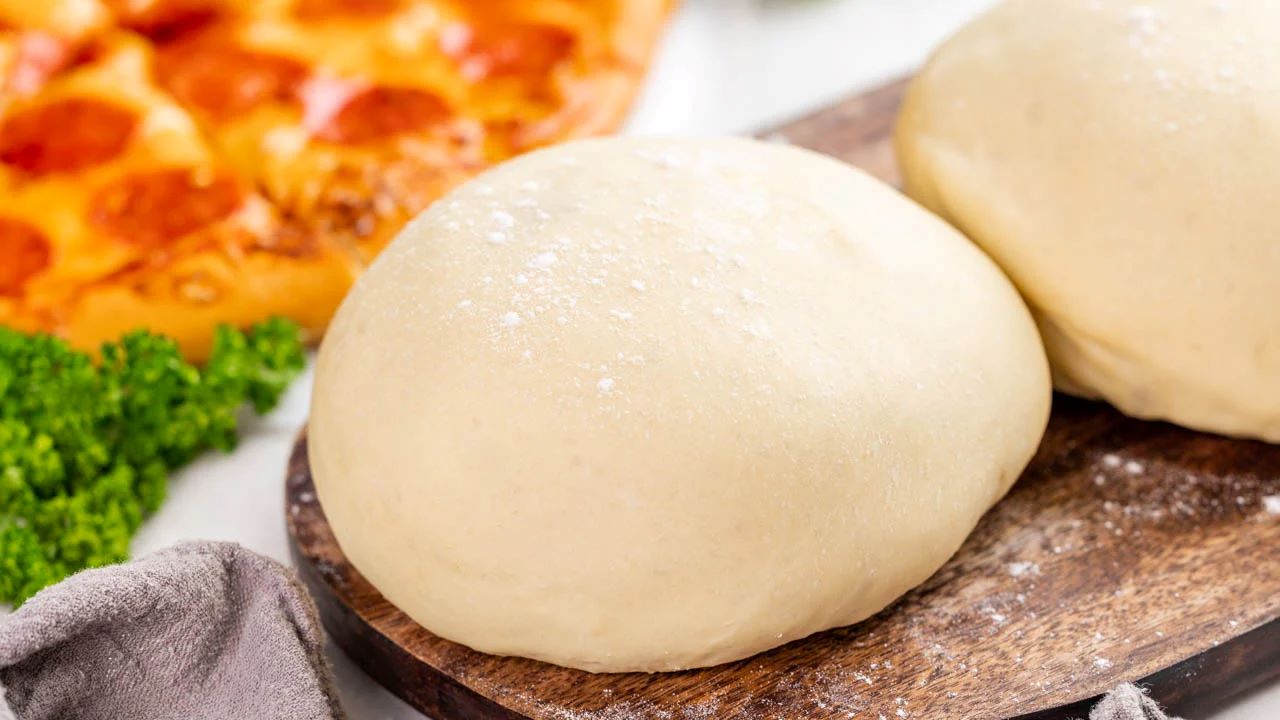
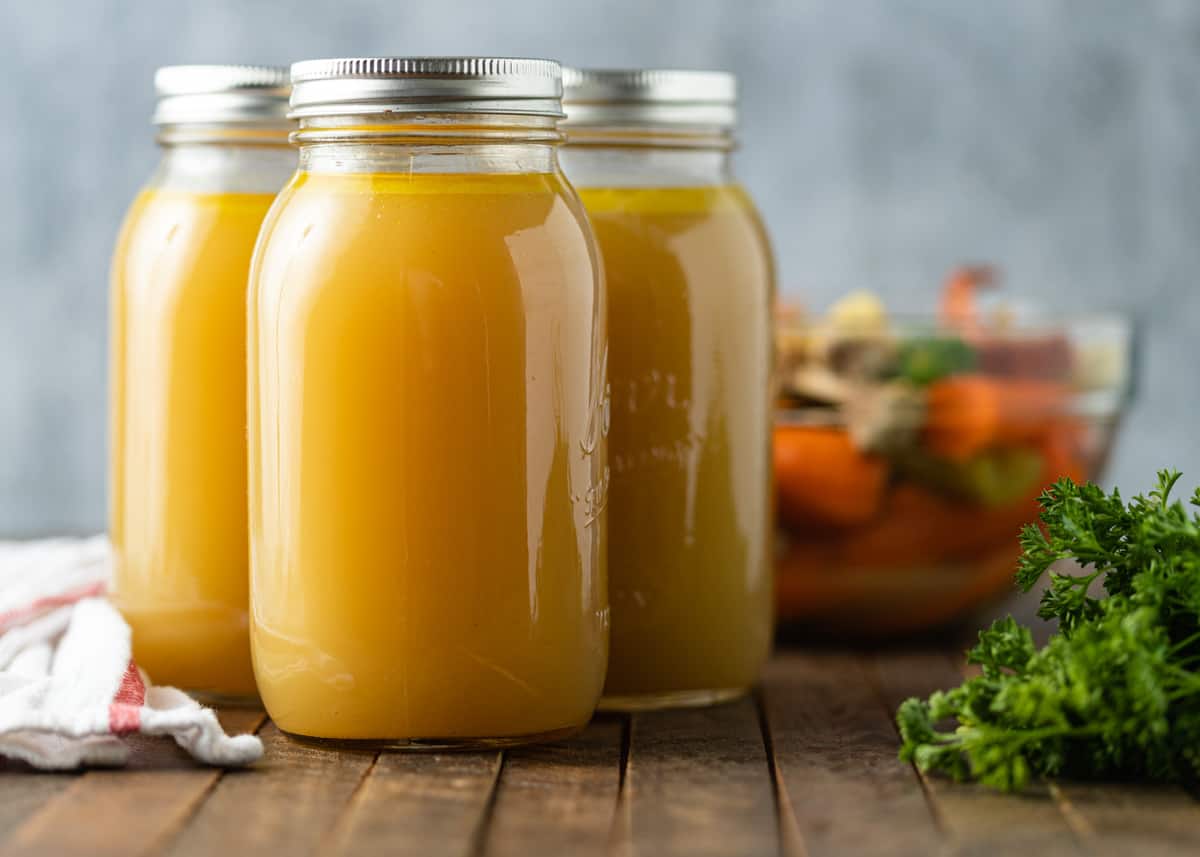

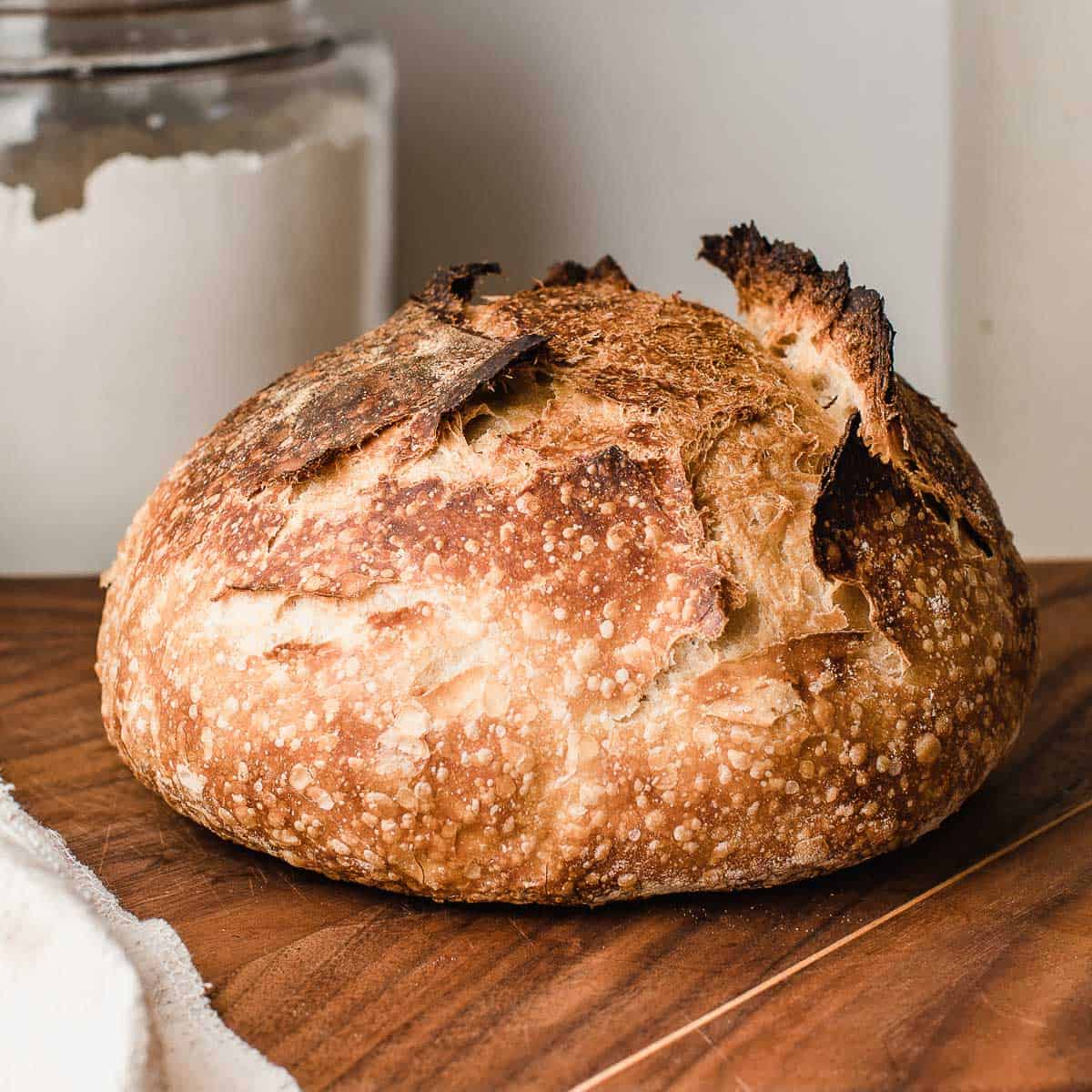


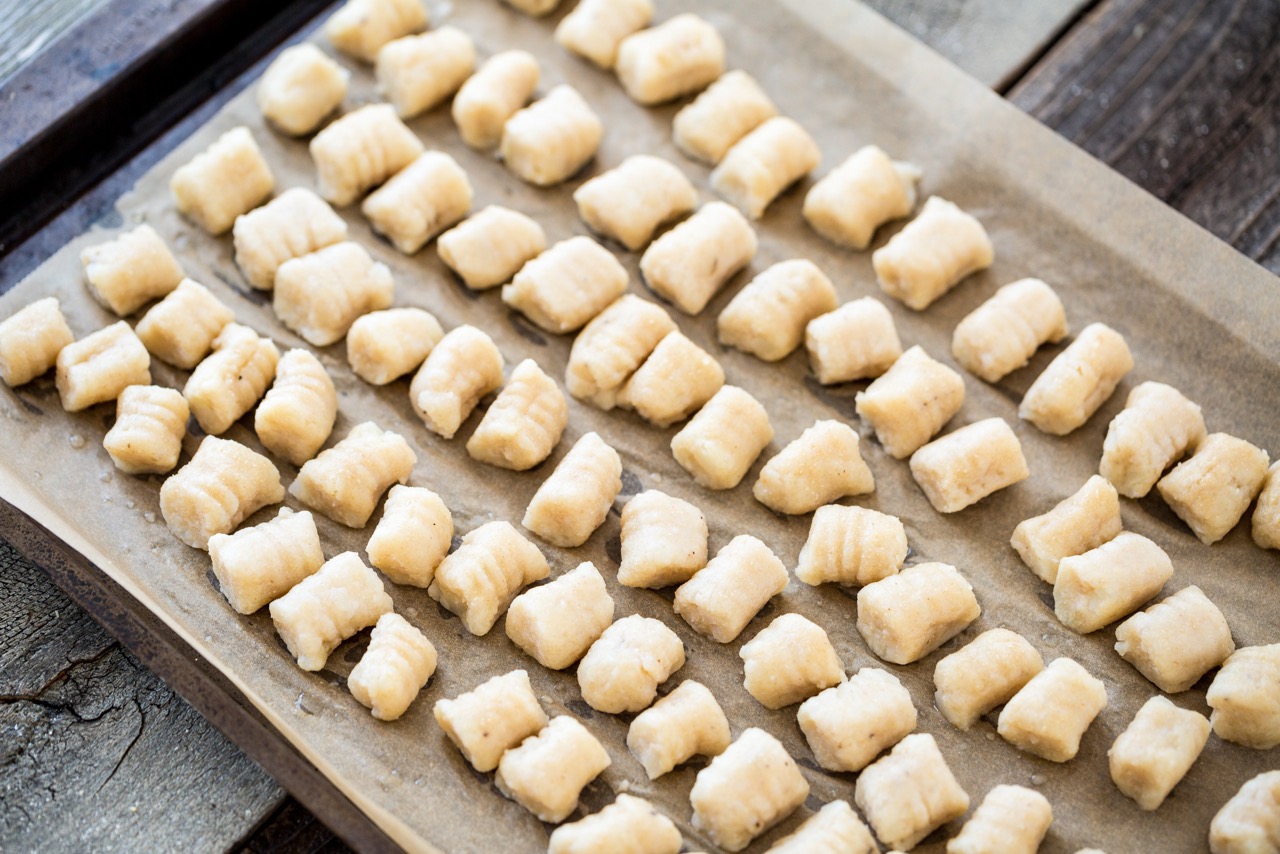
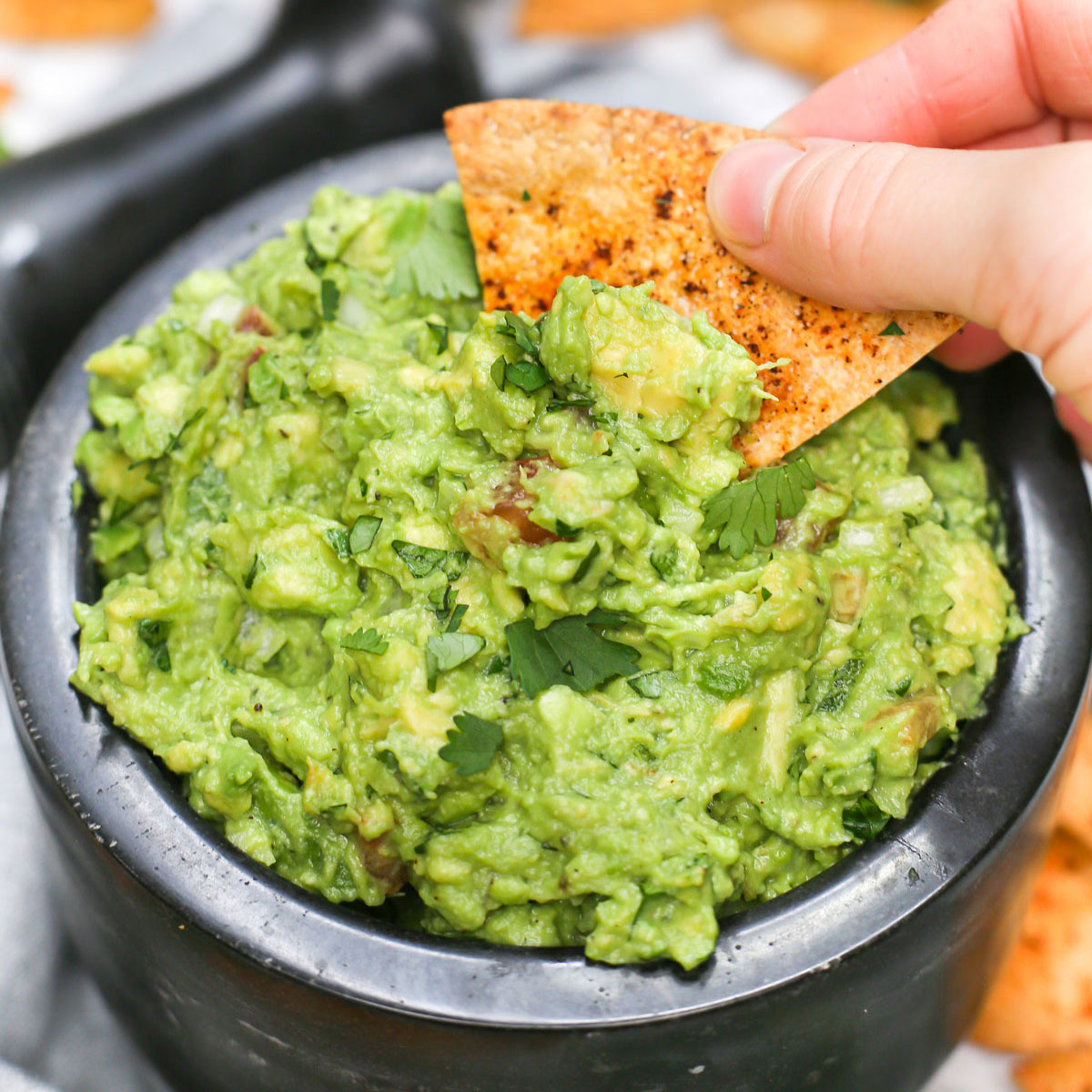

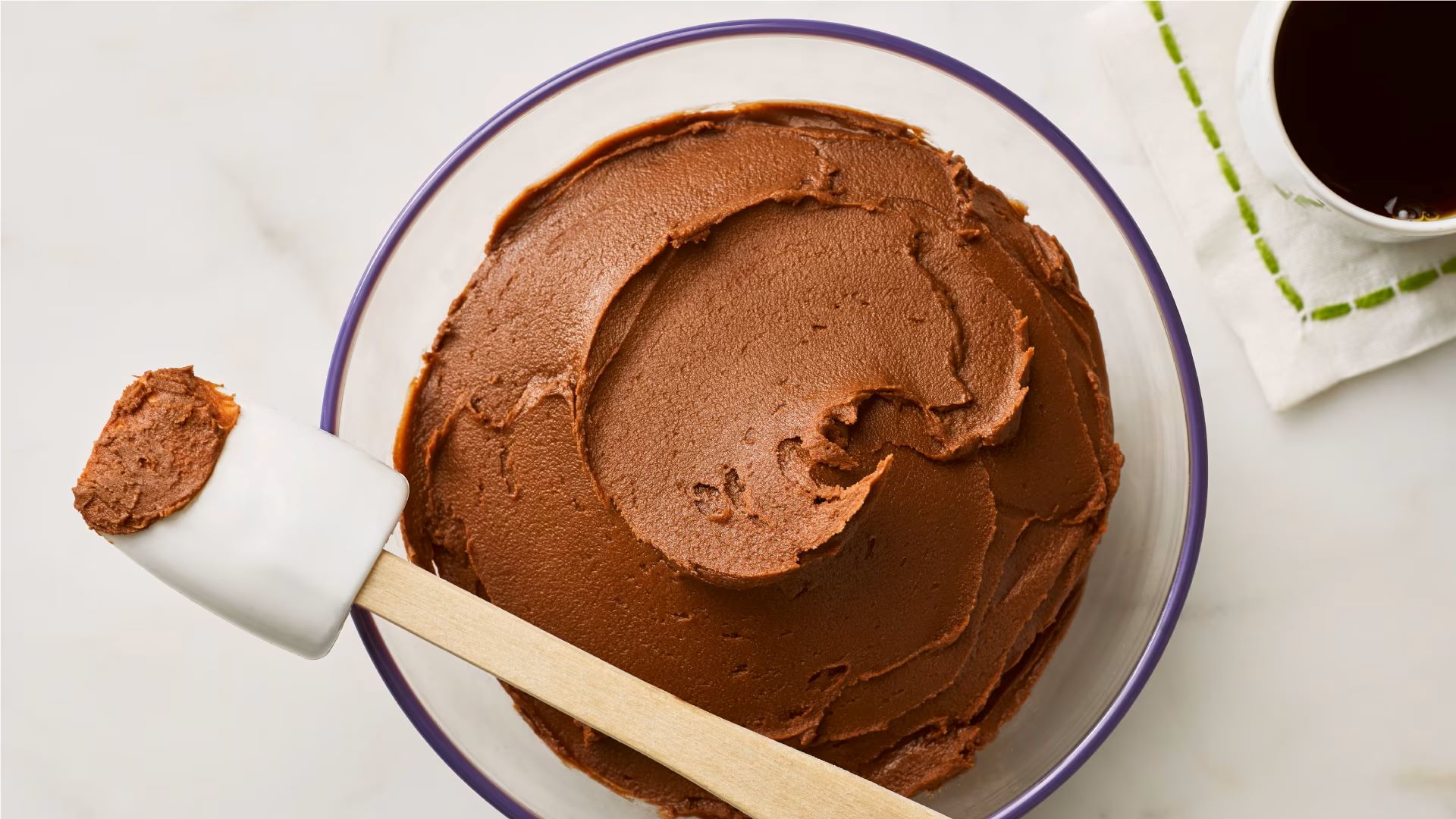

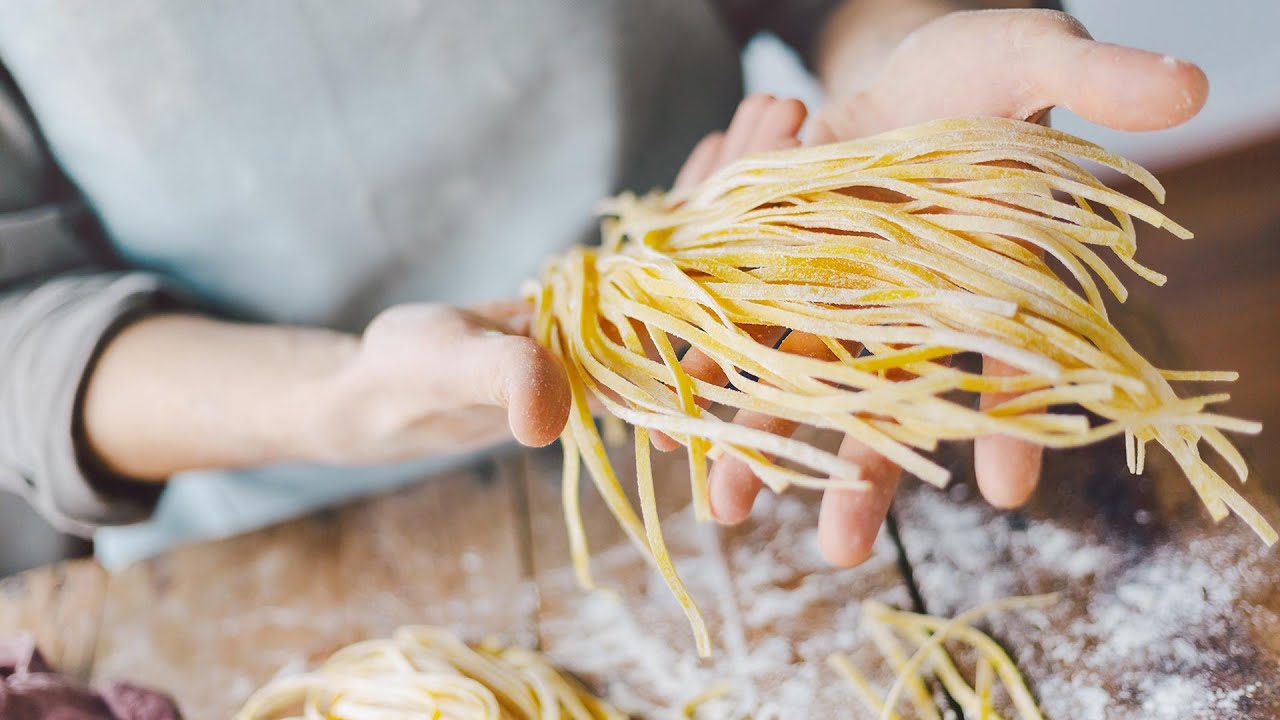
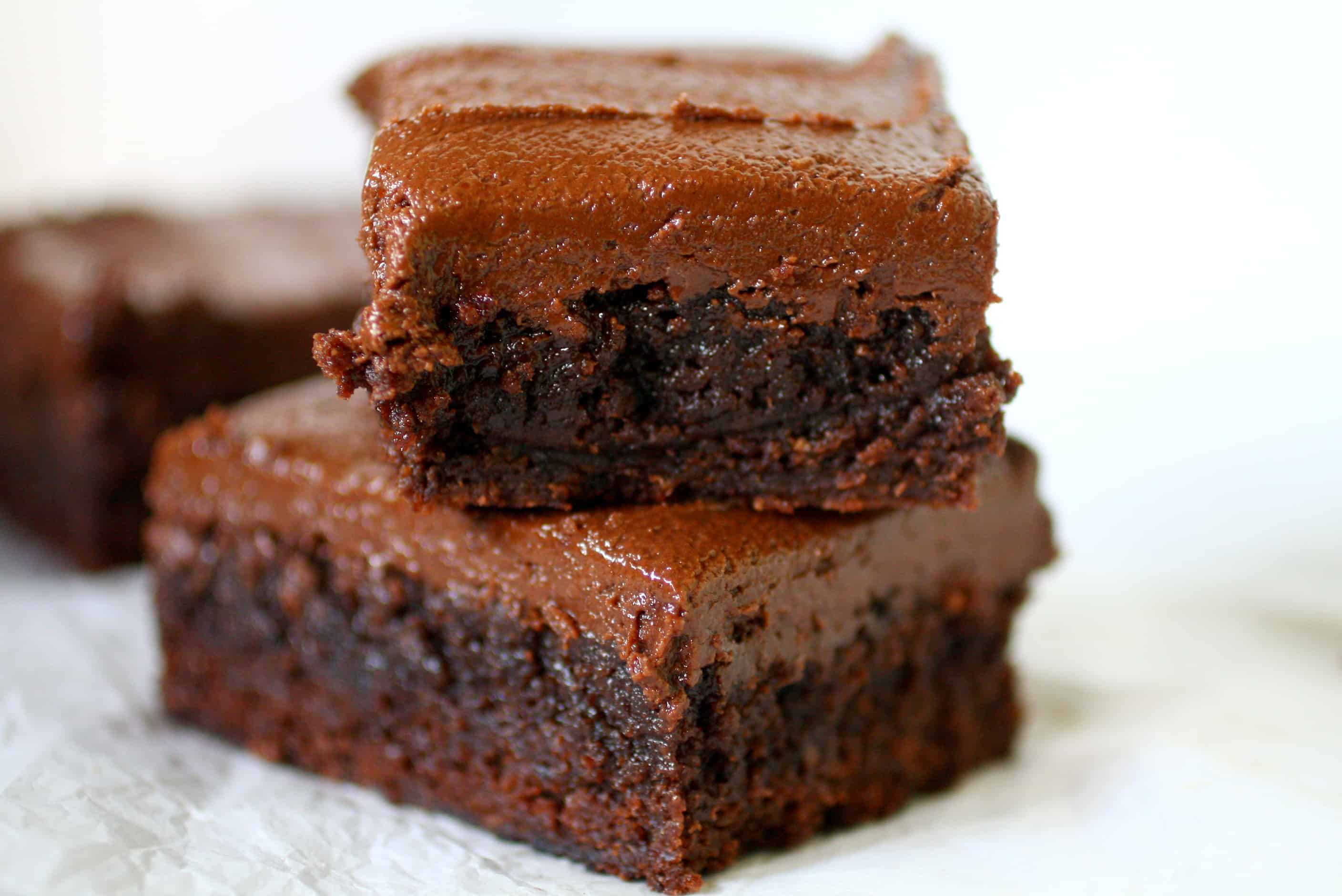

0 thoughts on “How To Store Homemade Limoncello”